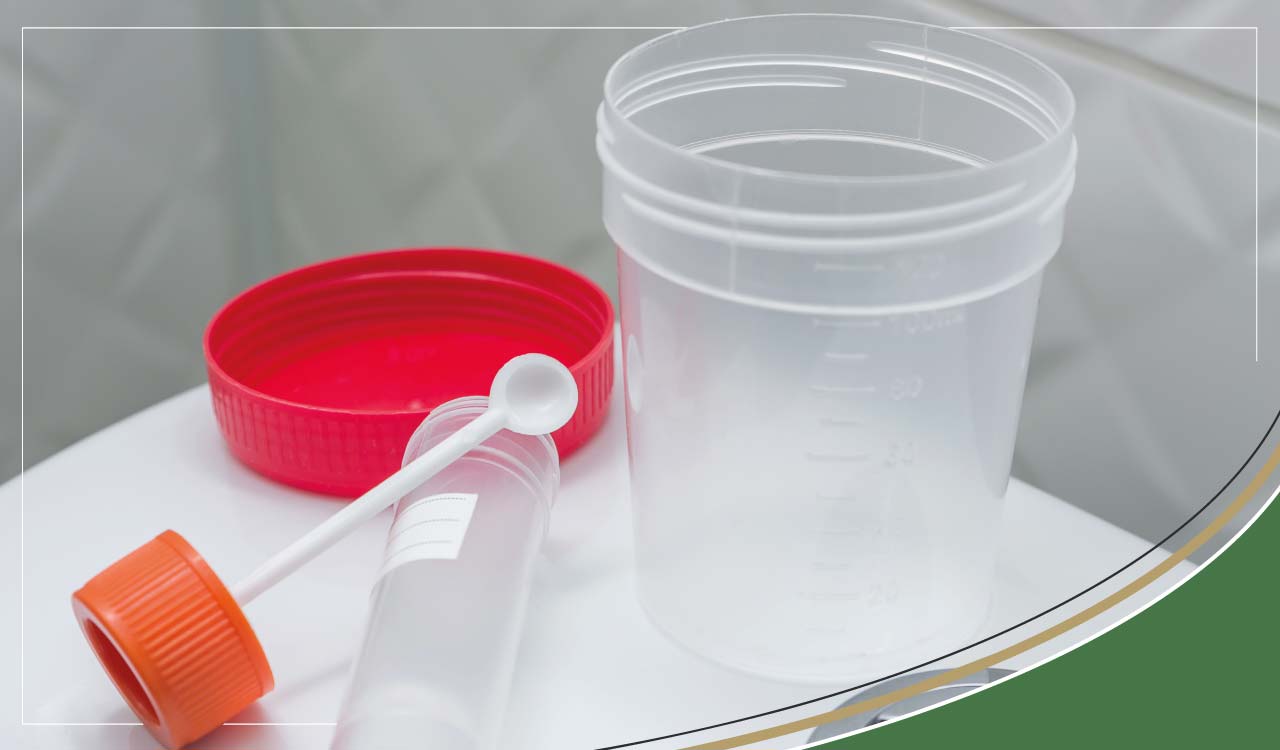Haematuria - Blood in the Urine

Blood appearing in the urine can be concerning, but most of the time the causes are fairly innocuous. Usually caused by E. coli infecting the bladder, haematuria will often resolve on it's own in a few days. See your Doctor and take measures to prevent subsequent infections by maintaining a healthy bladder and urinary tract.
What is Haematuria?
The medical definition of Haematuria is the presence of red blood cells in the urine. Haematuria can be benign (non-harmful) or it can be an indication of a more serious health condition affecting the urinary system. Haematuria can range from mild to severe, causing the urine to appear pink, dark red or brown in colour.
Causes
Haematuria can be idiopathic (no clear cause) or symptomatic of a wide variety of underlying conditions affecting the urinary system.
Conditions that can cause haematuria include:
- Urinary Tract Infection, a bacterial infection most often caused by E. coli.
- Urolithiasis, which is the formation of bladder or kidney stones.
- An enlarged prostate.
- Urethritis which is inflammation of the urethra.
- Polycystic Kidney Disease which is a genetic disorder causing cysts grow on the kidneys.
- Trauma to the bladder, kidneys, ureters or urethra, as from surgery or injury.
- Cancer of the kidney, bladder or prostate.
- Glomerulonephritis which is inflammation of the kidneys.
Symptoms
The most obvious symptom of haematuria is the visible presence of blood in the urine, also known as gross haematuria or macroscopic haematuria. Menstruation, medications, food such as beet root, and dyes can all change the colour of urine causing it to appear as though blood is present.
Non-visible haematuria, known as microscopic haematuria, contains only trace amounts of blood which cannot be seen by the naked eye. Trace amounts of blood can only be detected by urinalysis. Patients with visible or non-visible haematuria often present with the same symptoms.
Common symptoms of haematuria include:
- Pain when urinating.
- Difficulty urinating.
- Urinating more frequently than usual.
- Abdominal pain or lower back pain.
- Cloudy or foul smelling urine.
Treatment
If you can clearly see blood in your urine, or if it has turned red or brown in colour, seek medical advice and request a urine test. The most common cause of haematuria is a UTI or bladder infection. Urinary Tract Infections often resolve on their own within a few days, however some people suffer from persistent and recurrent UTIs. Bladder infections have the potential to spread to the kidneys causing pyelonephritis, so treating a UTI early is important.
Treatment for haematuria depends on the underlying condition. The cause of haematuria cannot always be identified, thought its important to see your Doctor who can rule out any potentially serious underlying causes.
Prevention
The best way to prevent haematuria is to maintain good bladder health:
- Drink plenty of fluids to remain hydrated.
- Maintain good genital hygiene but avoid using harsh chemicals like antiseptics, perfumes etc.
- Always completely empty your bladder without straining.
- Use a prophylactic antibiotic or natural treatment such as D-Mannose.
D-Mannose is a natural supplement used to maintain a healthy bladder by binding to the E. coli causing the urinary tract infection which are then removed from the body when urinating.
 Free Royal Mail 24 Tracked Delivery - Spend £10+
Free Royal Mail 24 Tracked Delivery - Spend £10+
 Support 01904 789559 - 20+ Years Expertise
Support 01904 789559 - 20+ Years Expertise
 Rated 4.9 out of 5 on Trustpilot
Rated 4.9 out of 5 on Trustpilot









